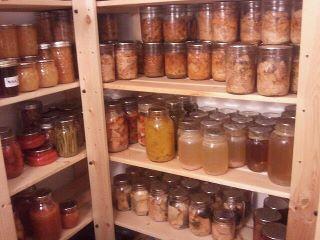After being chastised regularly by my wife for throwing away the carcass remains of various cooked foods I have now started to turn the leftovers into stock on a more regular basis. Unfortunately this has meant that the limited freezer space is becoming increasingly full of vac packed frozen stock. When you go round the supermarkets these days you see vacuum packed stock displayed on the shelves at room temperature with long shelf lives that do not contain added preservatives. Does anyone here have any experience of preparing stock for storage in this way or can point me in the direction of a reliable information source.
Preparing the stock in a clean environment goes without saying and i suspect that in order to ensure that the stock itself is sterile it would involve a period of time at elevated temperatures within a pressure cooker (?). I have a "Henkelman Boxer 42" chamber vacuum packer which will vac pack liquid filled pouches effectively.
All advice and suggestions welcome.
Preparing the stock in a clean environment goes without saying and i suspect that in order to ensure that the stock itself is sterile it would involve a period of time at elevated temperatures within a pressure cooker (?). I have a "Henkelman Boxer 42" chamber vacuum packer which will vac pack liquid filled pouches effectively.
All advice and suggestions welcome.






![1017020_10151753359296702_459593128_n[1].jpg](/media/1017020_10151753359296702_459593128_n-1-jpg.247618/full?d=1507224108)
![1174721_10151753359801702_22287060_n[1].jpg](/media/1174721_10151753359801702_22287060_n-1-jpg.247623/full?d=1507224108)



